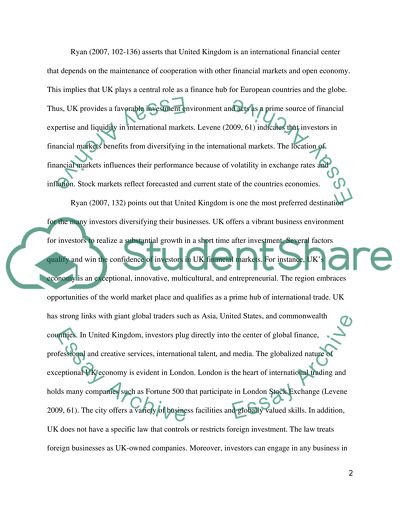Cite this document
(“International Financial Markets: Exchange Rates and Inflation Coursework”, n.d.)
Retrieved from https://studentshare.org/finance-accounting/1462217-international-financial-markets-exchange-rates-and
Retrieved from https://studentshare.org/finance-accounting/1462217-international-financial-markets-exchange-rates-and
(International Financial Markets: Exchange Rates and Inflation Coursework)
https://studentshare.org/finance-accounting/1462217-international-financial-markets-exchange-rates-and.
https://studentshare.org/finance-accounting/1462217-international-financial-markets-exchange-rates-and.
“International Financial Markets: Exchange Rates and Inflation Coursework”, n.d. https://studentshare.org/finance-accounting/1462217-international-financial-markets-exchange-rates-and.


